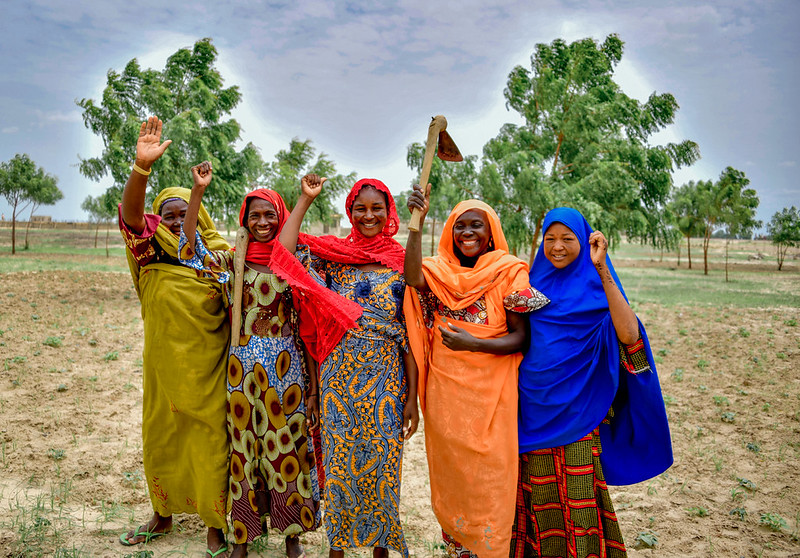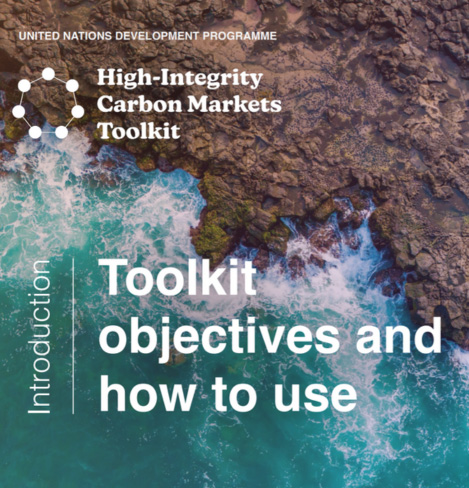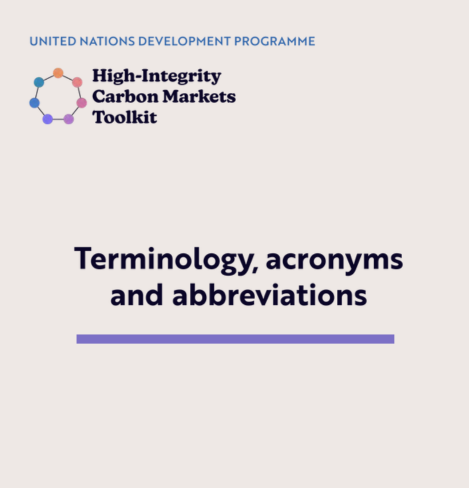
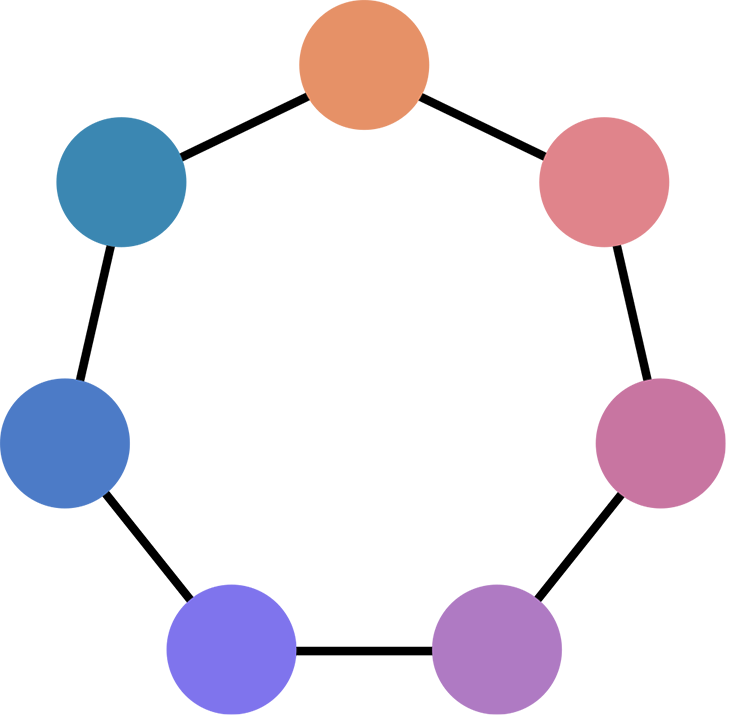
What is high-integrity in carbon markets?
Emerging markets and developing economies face a vast climate finance gap: trillions of dollars are needed annually to meet Nationally Determined Contributions (NDCs) under the Paris Agreement, but public finance alone isn’t enough. For countries striving to reduce emissions, build resilience and create jobs, this finance gap can feel like an unsurmountable barrier.
High-integrity carbon markets offer a powerful solution: when designed with environmental and social integrity at their core, they can mobilize private capital, complement concessional finance and channel resources directly to the countries and communities that need them most.
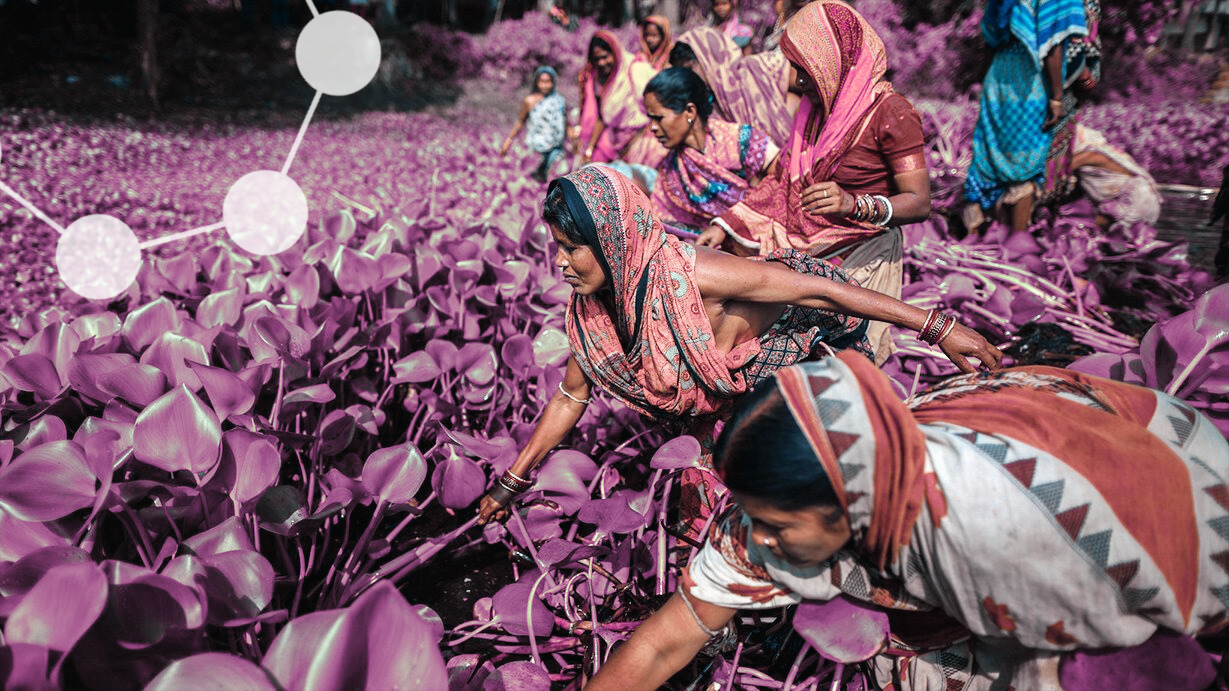
A high-integrity carbon credit is not just a paper promise. Each credit represents a real, additional, permanent tonne of CO₂ reduced, avoided or removed. That means emission reductions must be accurately measured, transparently verified and not double counted—where the same emission reduction is claimed by more than one country or company. It requires building quality and credibility into every stage of the project lifecycle, from design and baseline setting to monitoring, verification, issuance and retirement.
But integrity is not only about numbers. Projects and programmes must also respect human rights, safeguard biodiversity and deliver tangible benefits for people and nature. Free, prior and informed consent (FPIC) must be ensured, benefits shared fairly and contributions made directly to the Sustainable Development Goals (SDGs). These social and environmental outcomes are not optional; they are fundamental to the legitimacy and long-term success of carbon markets.
What is the purpose of the Toolkit?
Through the High-Integrity Carbon Markets Initiative, UNDP is working with countries and subnational jurisdictions to strengthen readiness and implementation in voluntary and compliance market frameworks. Many developing economies hold significant, cost-effective mitigation potential. With the right governance and capacity, they can attract finance, meet—and even exceed—their NDC targets.
As part of this Initiative, UNDP has launched the High-Integrity Carbon Markets Toolkit, a practical resource for diverse stakeholders involved in carbon markets. The Toolkit is designed to:

Drive convergence on high integrity
Build shared definitions, practices and capacities, starting with social integrity.
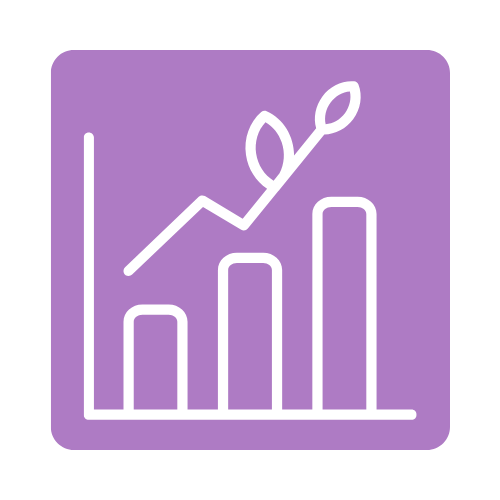
Boost market confidence
Help unlock investment and support price premiums for high-quality credits.
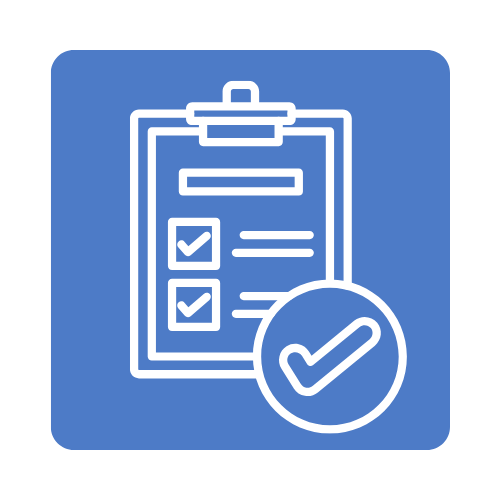
Provide practical guidance
Demonstrate how to integrate, measure, monitor, verify and validate social and environmental safeguards and SDG impacts.
This Toolkit aims to equip users with the knowledge, skills and practical guidance to engage effectively and responsibly in carbon market activities, keeping environmental and social integrity front and center.
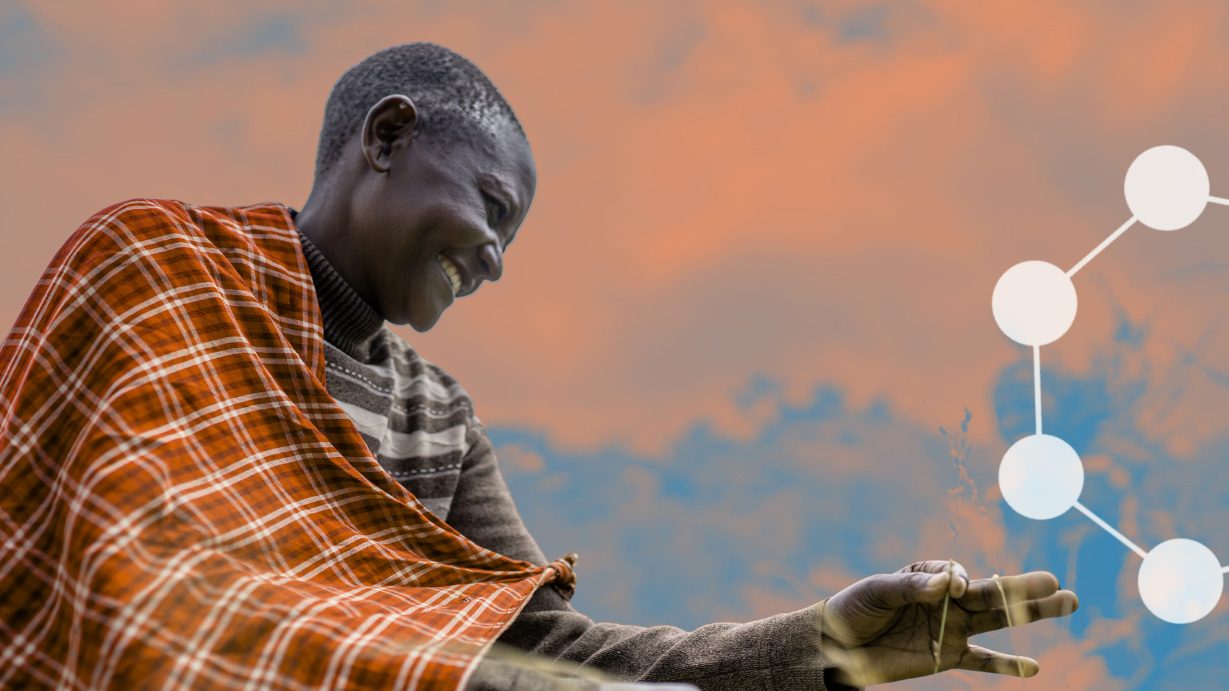
Who is the Toolkit for?
The Toolkit is designed for multiple audiences:
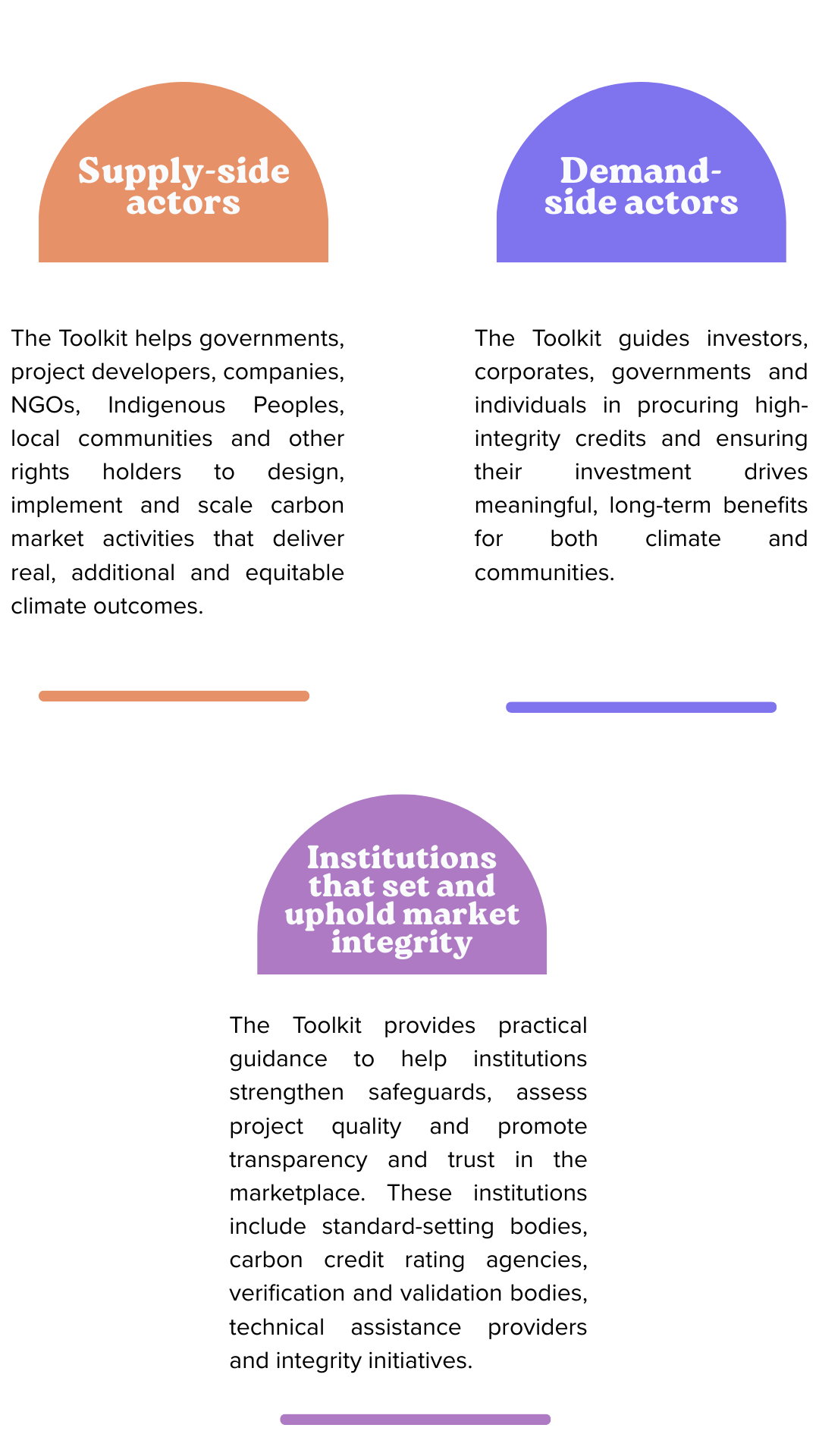
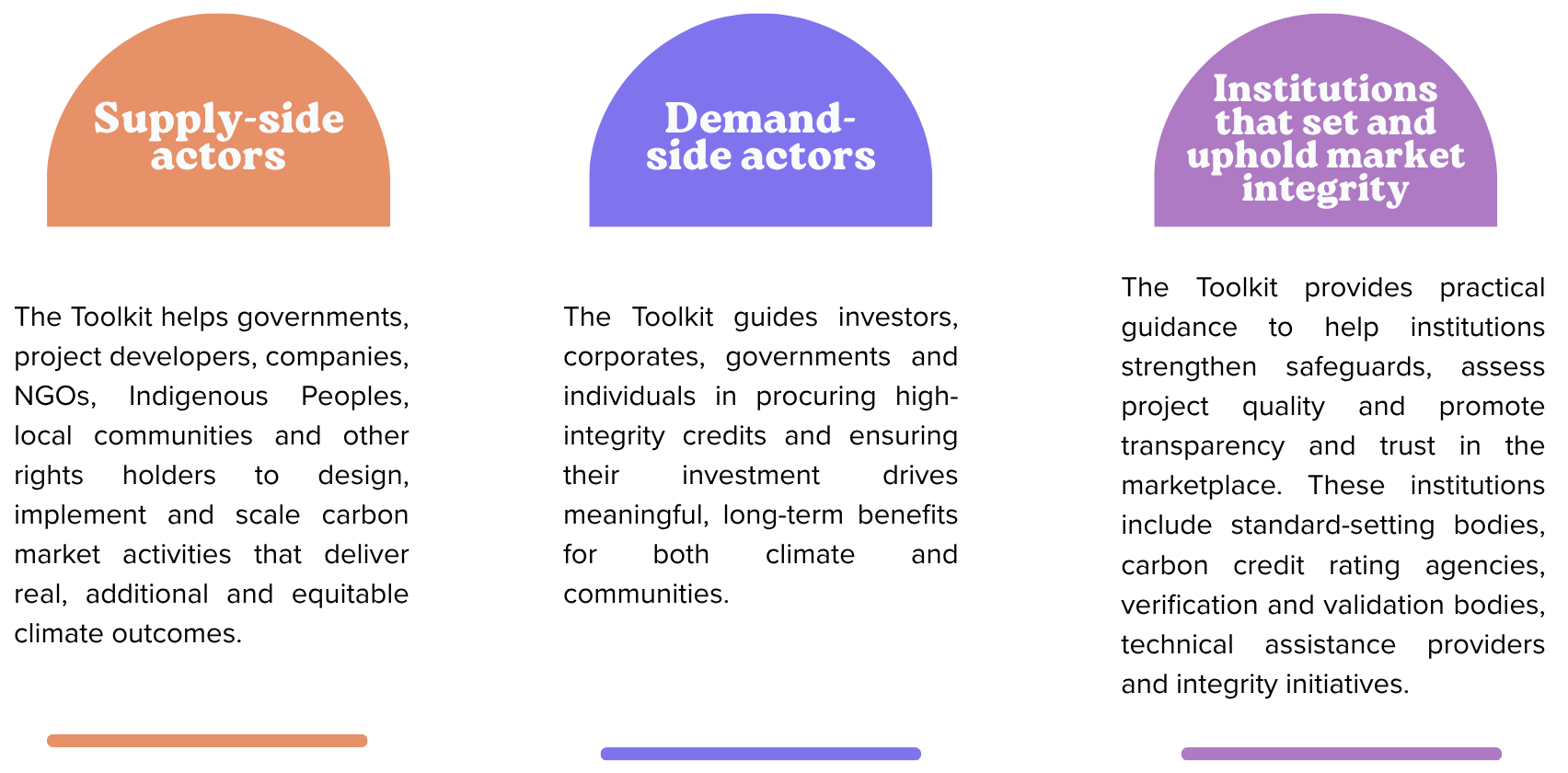
Inside the Toolkit
The first set of modules focus on social integrity, an area where UNDP brings deep expertise and global relevance. Modules, described below, will roll out progressively over 2025-2026.
How should the Toolkit be used?
The Toolkit is flexible, user-friendly and multilingual - available in English, French, Portuguese and Spanish (starting in 2026). It includes presentations, webinars, FAQs, guidance notes, comparative assessments, blogs, videos, photo stories and case studies, to support diverse learning styles.
Users can learn at their own pace, explore specific topics, or use the materials for group learning in workshop and training settings. While global in scope, materials will be tailored to national, regional and community contexts through close collaboration with local partners, ensuring practical, real-world impact.
Introduction to UNDP's HICM Toolkit
An overview of the Toolkit.
UNDP HICM Toolkit Terms and Acronyms
A list of key terms, acronyms and abbreviations used throughout the toolkit modules.
Realizing social integrity
Achieving high social integrity requires every actor to raise their standards and work in coordination. Governments, standard-setters, project developers, investors, civil society and local communities each have a role to play in ensuring that safeguards are not only embedded in policy but effectively implemented in practice. Together, these actors form an integrity ecosystem—a shared framework of accountability that prevents harm, minimizes risks and maximizes benefits. The Toolkit advances key actors’ longer-term social integrity objectives.
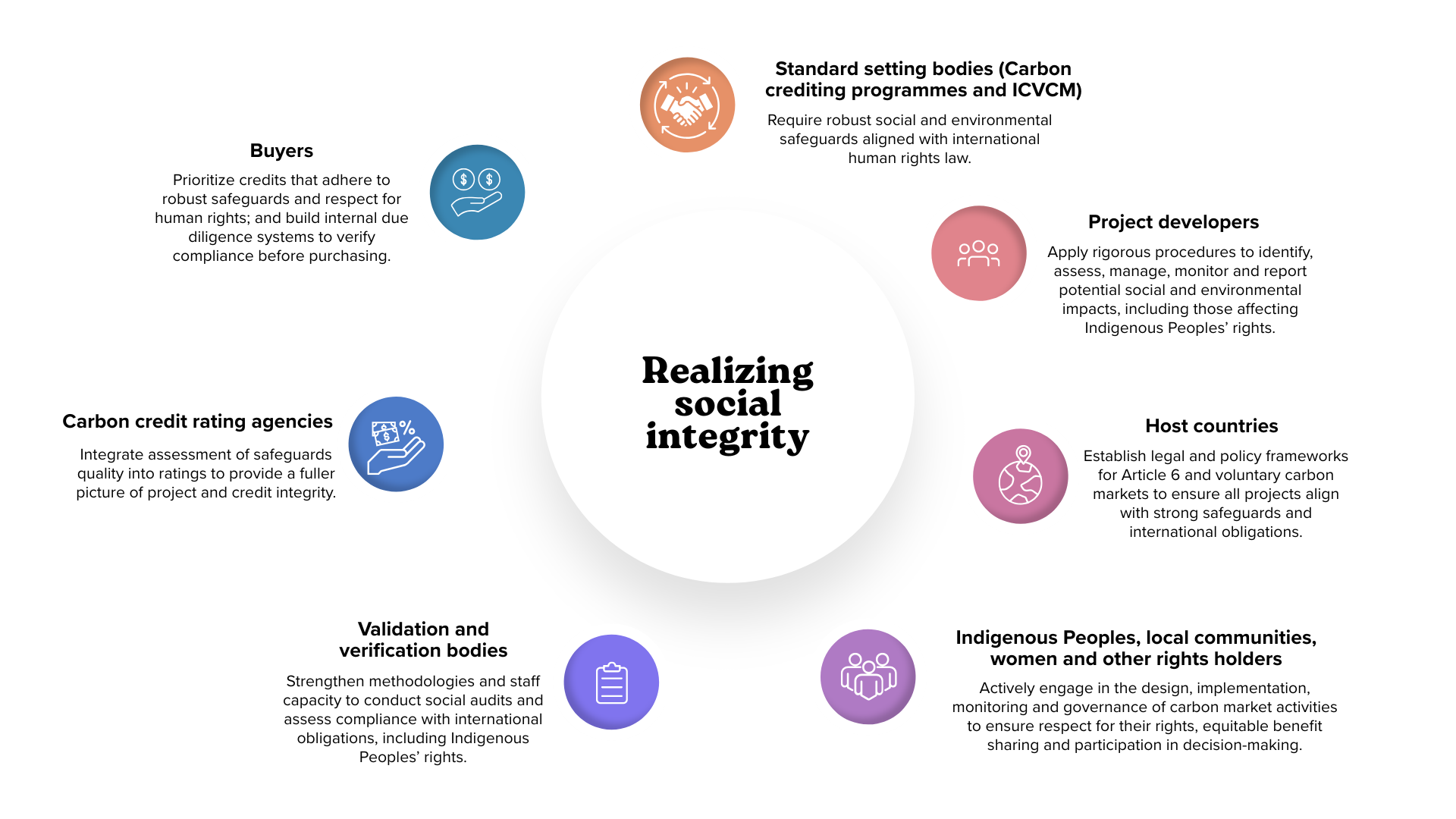
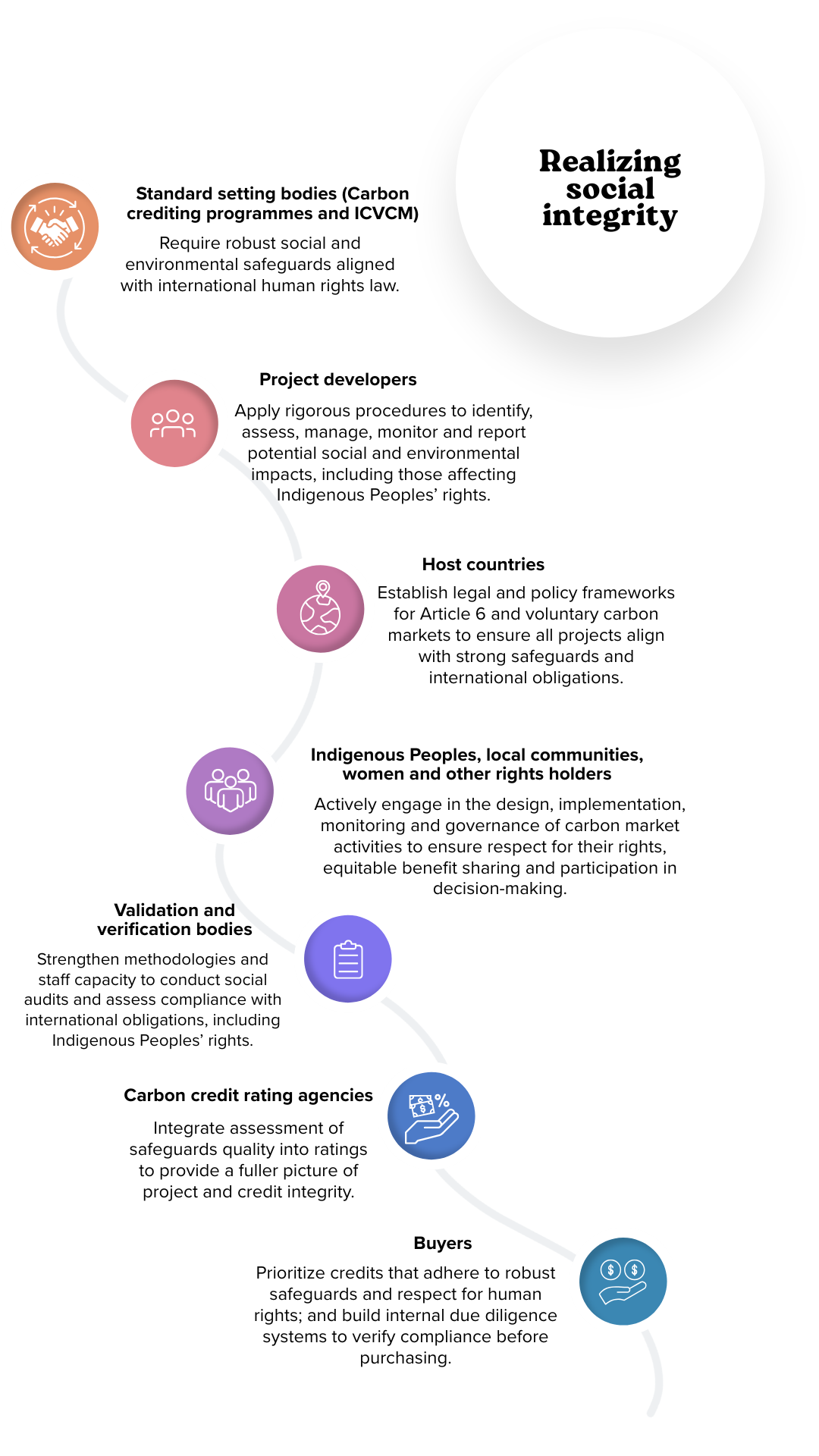
Stay informed with our Technical Insight Series on Medium
Looking for trusted analysis on high-integrity carbon markets and social and environmental safeguards? Subscribe for deep dives, practical guidance and real-world case studies.
